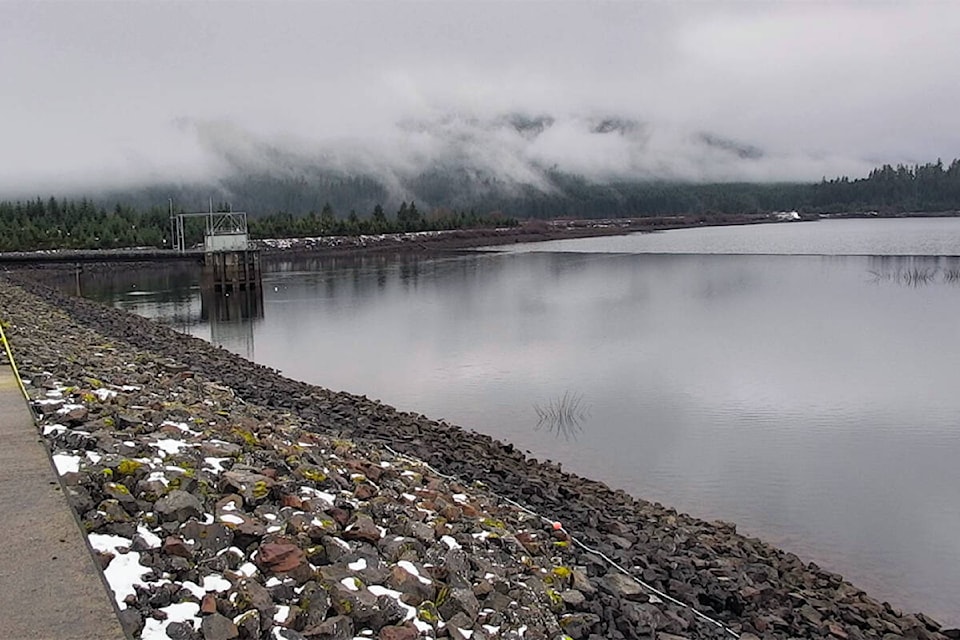Juan de Fuca Electoral Area director Al Wickheim has expressed strong opposition to the Capital Regional District (CRD) exploring the possibility of disposing of biosolids – the treated remains of sewage – within the JdF boundaries.
Wickheim’s primary concern is the potential impact on drinking water quality. He fears that micro plastics, hormones, antibiotics, and other chemicals present in biosolids could infiltrate aquifers that serve the vast majority of Juan de Fuca residents for domestic and irrigation purposes.
“The CRD has prohibited land application of biosolids for over a decade,” Wickheim said. “The lack of a solution for current disposal issues doesn’t justify dumping it in our watershed. Arguably, water quality and safety conditions have only worsened over time.”
The CRD produced more than 2,900 tonnes of biosolids last year. Roughly 2,230 tonnes are disposed of in controlled trenches at the Hartland Landfill, while the remaining 680 tonnes are shipped to a quarry reclamation site near Nanaimo.
“We’ve invested hundreds of millions into collecting and treating sewage from core municipalities,” Wickheim said, referencing the $775 million Victoria sewage treatment plant. “With the Hartland landfill nearing capacity, I sense the CRD board is considering a return to the previously banned practice of land application, possibly looking westward.”
Wickheim proposes alternative solutions such as pyrolysis, a thermal process that can convert biosolids into usable biochar or reduce them to their elemental components at higher temperatures. He even suggests using the heat generated from burning biochar for desalination of seawater to address growing water demands.
Wickheim is adamantly opposed to any scenario involving the removal of biosolids from the Sooke Lake Reservoir watershed, which supplies water to Victoria and surrounding municipalities, followed by their land application near the same watershed and subsequent reintroduction of treated water for consumption.
“If the CRD deems it safe to dispose of biosolids near drinking water sources for Victoria and surrounding areas,” Wickheim argues, “then surely it’s safe to do the same for the JDF area, which supplies water to Sooke, Saanich, Colwood, Langford, and other communities. That option is definitively off the table, now and forever. We wouldn’t want sewage from our neighbours in our drinking water, so why would we accept yours?”
A CRD spokesperson said a comprehensive report on public engagement and a draft long-term plan are forthcoming, likely presented to the CRD board in May. No further comment will be available until that information is released.
RELATED: CRD’s biosolids maker sued by Texan farmers over illnesses, animal deaths



